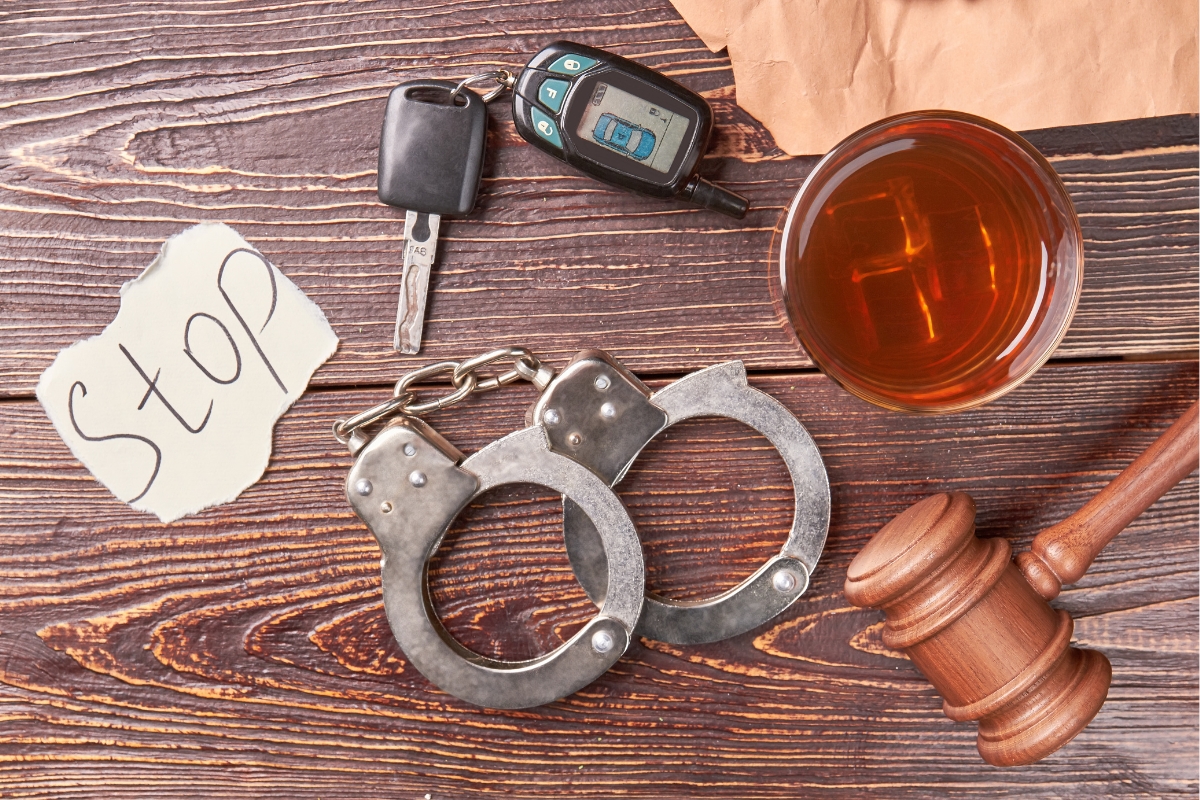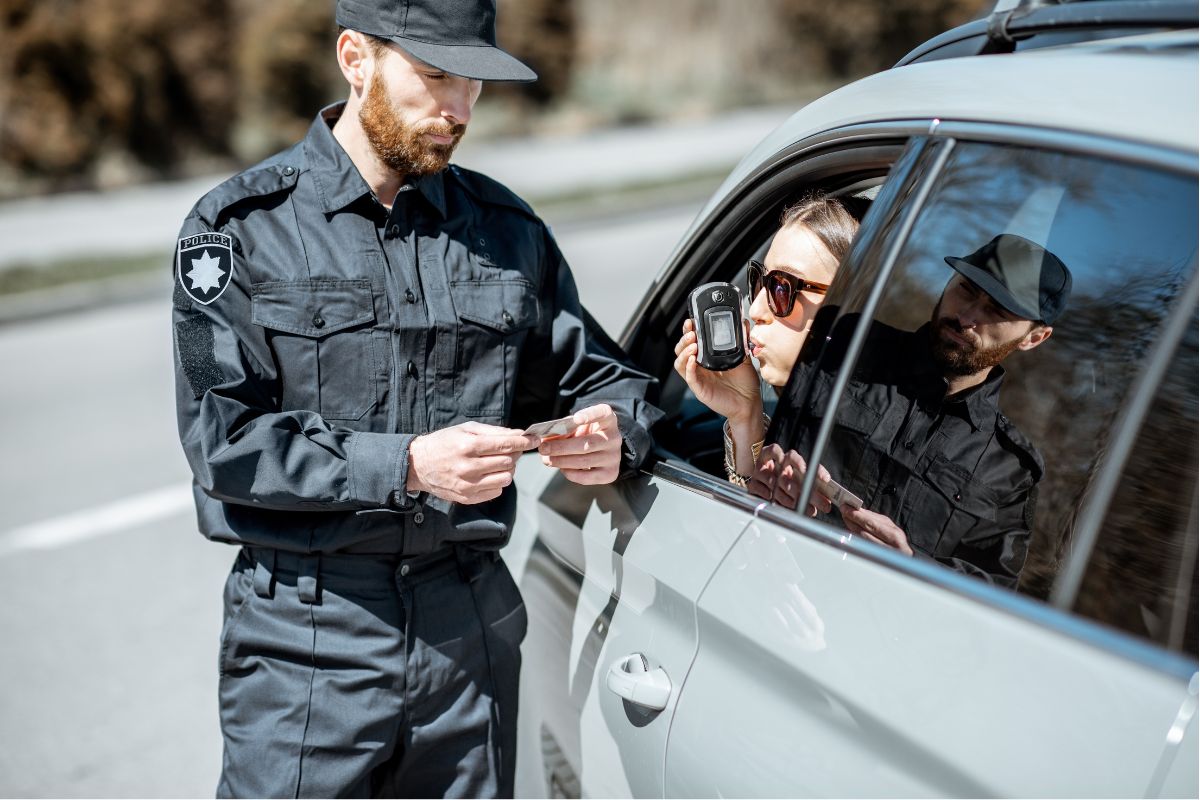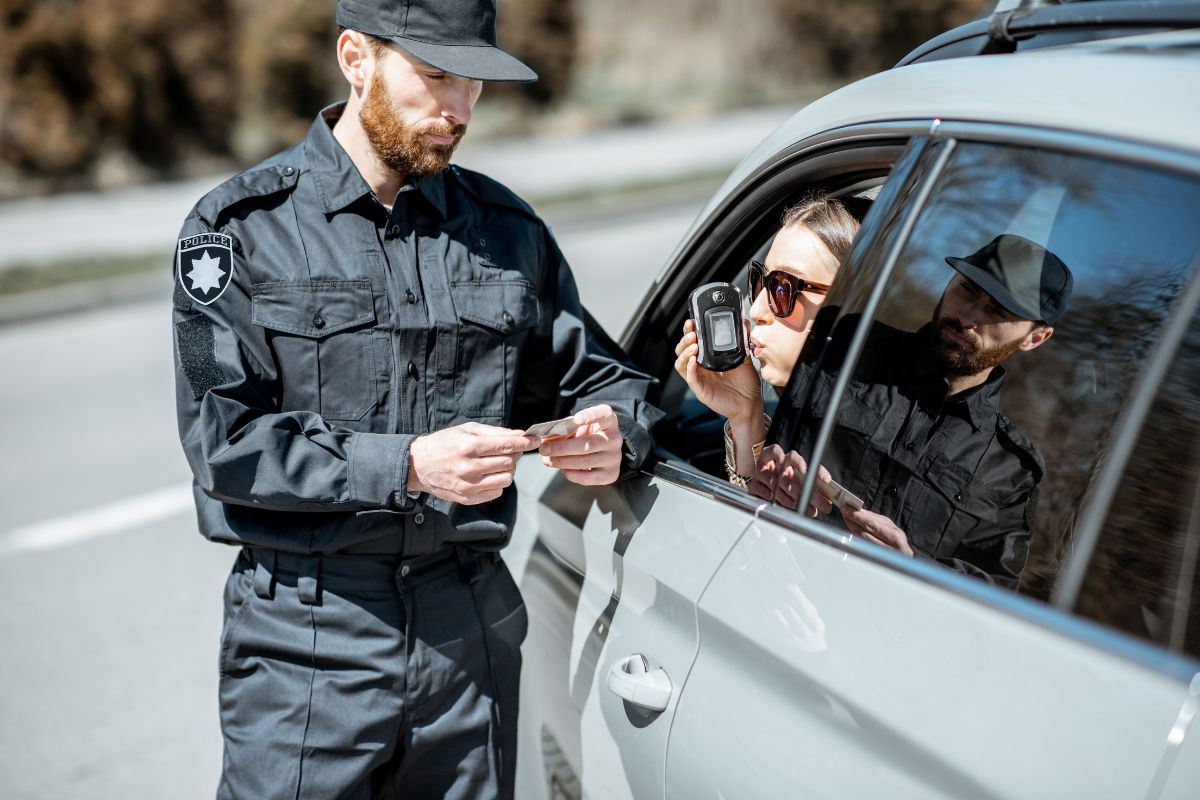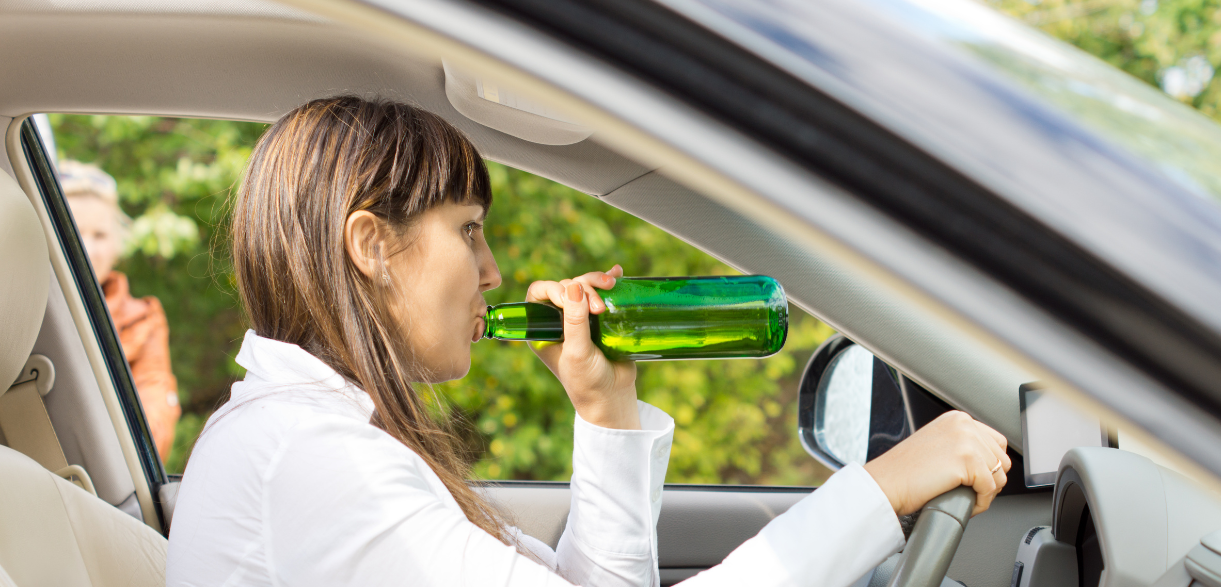
Imagine being in a car accident caused by a drunk driver—it’s a moment no one expects, but it can leave you overwhelmed and searching for answers.
In such cases, evidence plays a critical role in holding the at-fault party accountable. Without the right proof, even the most straightforward claims can become complicated. Whether it’s police reports, medical records, or eyewitness statements, every piece of evidence helps build a case that brings clarity and justice.
Strong evidence not only proves liability but also determines the compensation you deserve. However, gathering and preserving this evidence requires careful action and timely decisions. This blog will walk you through the essential types of evidence needed in drunk driving accident claims and how they support your case.
By understanding these key elements, you can take proactive steps to protect your rights and secure a fair outcome. Let’s dive into the evidence that can make all the difference in your fight for justice.
Police Reports: The Foundation of Evidence
When building a drunk driving accident claim, the police report serves as a cornerstone of evidence. It provides an official account of the accident, often detailing key facts that support your case. Police officers at the scene document everything from the driver’s behavior to test results that reveal intoxication. These details can significantly strengthen your claim.
Key components of a police report include:
- Officer Observations: Descriptions of the driver’s behavior, such as slurred speech or erratic movements.
- Field Sobriety Tests: Results from tests conducted at the scene to gauge impairment.
- Breathalyzer and Blood Test Results: Scientific proof of intoxication levels, critical for establishing liability.
- Accident Scene Details: Notes on vehicle positions, weather conditions, and potential contributing factors.
Obtaining a copy of the police report is essential. Work with your attorney to ensure all necessary details are included and to address any discrepancies. The stronger the police documentation, the easier it becomes to establish fault and pursue compensation.
Eyewitness Testimonies: Establishing the Scene
Eyewitness accounts provide a valuable layer of evidence in drunk driving accident claims. Witnesses can recount the events leading up to, during, and after the accident. Their perspective often fills in details that other evidence may not capture, making their statements invaluable.
To ensure eyewitness testimonies strengthen your case:
- Collect Contact Information: Secure names, phone numbers, and email addresses of bystanders willing to testify.
- Record Statements Promptly: Ask witnesses to recount their observations while the events are fresh in their minds.
- Look for Consistency: Align multiple witness statements to paint a clearer picture of the accident.
Consistent and detailed testimonies can corroborate evidence from police reports and surveillance footage. Your lawyer can also use these accounts to counter any attempts by the at-fault party to deny liability.
Surveillance and Dash Cam Footage: Visual Proof
Video evidence captures what words sometimes cannot. Surveillance footage from nearby cameras or dash cams can reveal crucial details about the accident, such as the drunk driver’s actions before the crash or the collision’s exact moment. This type of evidence provides a clear, unbiased view of the events.
When dealing with video evidence:
- Identify Sources: Check for cameras at traffic lights, businesses, or nearby homes. Personal dash cams can also provide valuable footage.
- Act Quickly: Request footage immediately, as many systems overwrite recordings within days or weeks.
- Preserve Evidence: Work with your lawyer to ensure the footage remains intact for the duration of your case.
Medical Records: Demonstrating Injuries and Impact
Medical records bridge the gap between the accident and the injuries sustained. They provide a detailed account of how the crash affected you physically, emotionally, and financially. These documents are essential when calculating the compensation you deserve.
Key points about medical evidence:
- Link Injuries to the Accident: Your records should clearly indicate that your injuries stem from the crash.
- Include Detailed Documentation: Ensure every diagnosis, treatment, and medical expense is recorded.
- Seek Immediate Care: Delays in treatment can weaken your case by allowing the defense to argue your injuries weren’t severe.
Medical records not only prove the extent of your injuries but also demonstrate the financial burden caused by the accident. Attorneys specializing in drunk driving car accidents use this evidence to secure compensation for medical bills, lost wages, and more.
Accident Scene Evidence: Preserving Key Details
The crash site itself holds critical evidence. Physical markers like vehicle damage, skid marks, and debris tell a story about how the accident unfolded. Collecting and preserving these details early ensures they remain a reliable part of your case.
Important aspects of accident scene evidence include:
- Photographs: Capture the vehicle damage, injuries, road conditions, and any visible hazards.
- Physical Evidence: Document items like broken glass, displaced car parts, or spilled alcohol containers.
- Measurements and Positions: Record the location of vehicles, skid marks, and the direction of impact.
Accident reconstruction experts can use this evidence to recreate the crash, providing a compelling narrative for insurance companies or courts.
Toxicology Reports: Proving Driver Intoxication
Toxicology reports offer undeniable proof of a driver’s intoxication level. They confirm whether alcohol or drugs impaired the at-fault party, making them vital in drunk driving claims.
Key aspects of toxicology evidence:
- Legal Limits: Establish if the driver exceeded the legal blood alcohol concentration (BAC) limit.
- Time Sensitivity: Ensure tests were conducted promptly after the accident to provide accurate results.
- Obtaining Reports: Drunk driving car accident lawyers navigate the legal process to access these documents when necessary.
Role of Legal Professionals in Building a Strong Case
A successful drunk driving accident claim requires expertise and precision. Lawyers play a critical role in gathering evidence, organizing it effectively, and presenting a strong case to maximize compensation.
How legal professionals help:
- Collecting Evidence: They handle obtaining police reports, medical records, video footage, and toxicology results.
- Negotiating with Insurance Companies: Lawyers counter lowball settlement offers with well-supported claims.
- Maximizing Compensation: They ensure all damages, including non-economic ones, are accounted for.
With the help of experienced legal professionals, you can focus on recovery while your case moves forward with strength.
Steps Victims Should Take After a Drunk Driving Accident
Taking the right steps after a drunk driving accident can make or break your case. Acting swiftly and carefully protects your rights and ensures critical evidence is preserved.
What to do immediately after an accident:
- Seek Medical Attention: Your health comes first, and medical records will support your claim.
- Document the Scene: Take photos, gather witness contact information, and note key details.
- Contact a Lawyer Early: Engaging a professional ensures evidence is preserved and mistakes are avoided.
Every detail counts when building a strong drunk driving accident claim. From police reports to expert analysis, collecting the right evidence makes all the difference. While the process may seem overwhelming, having experienced legal professionals by your side simplifies every step. They ensure you’re not just navigating the aftermath of the accident but actively building a path toward justice and rightful compensation. If you or a loved one has been affected, take action now and turn your case into a success story.
